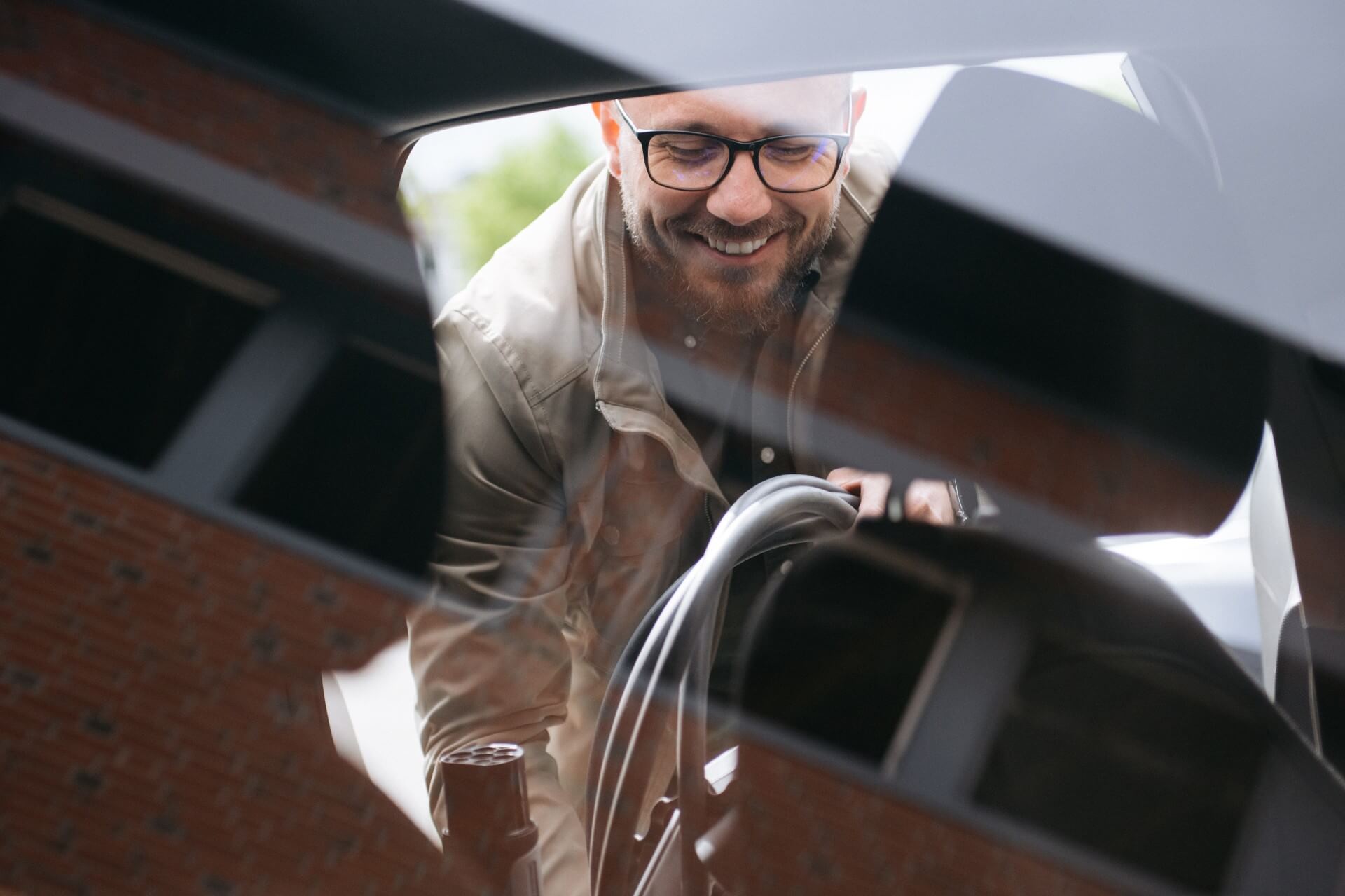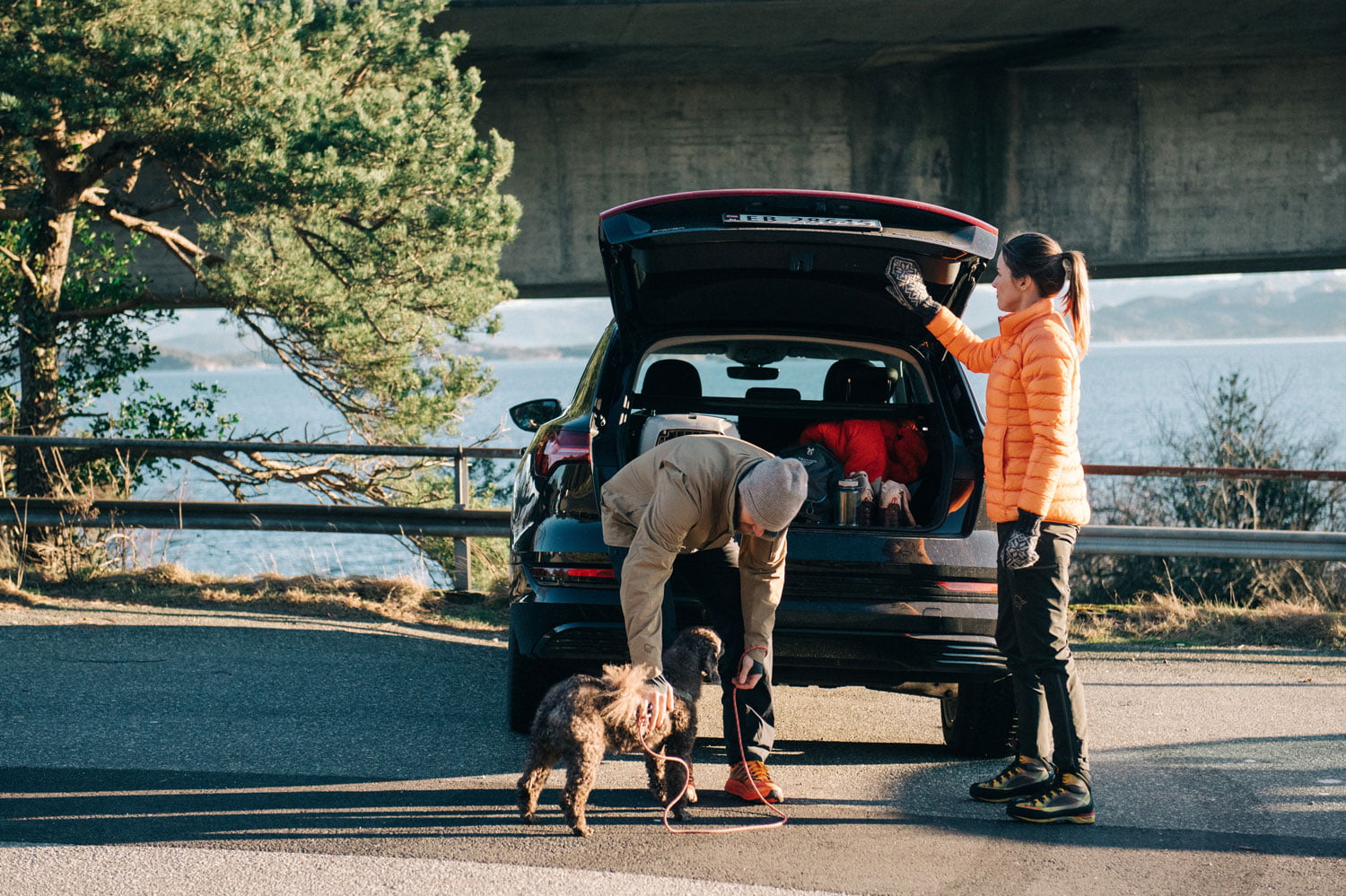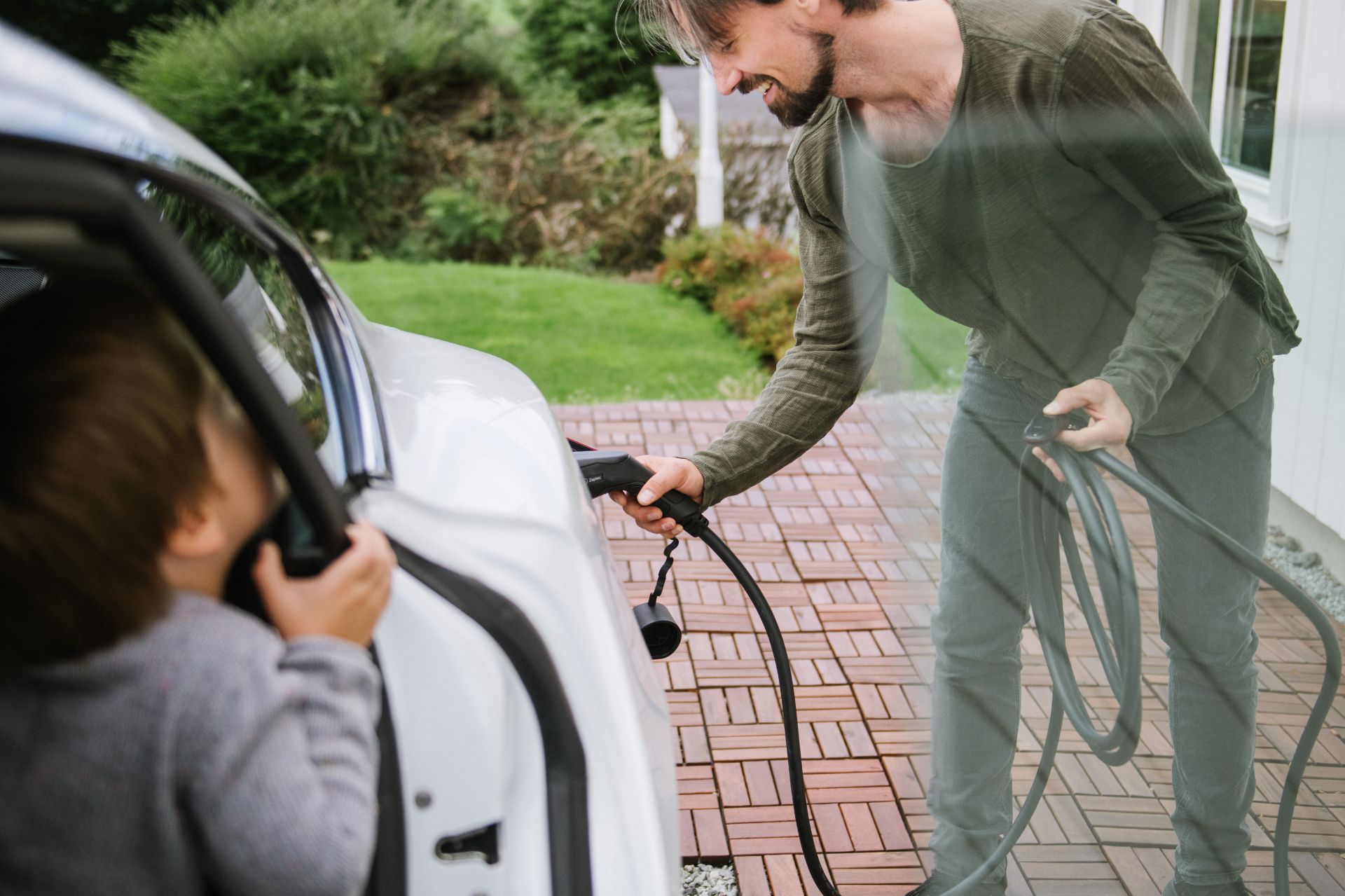Faster charging is one of many reasons to invest in a home charging station, but many people are surprised that they can’t charge at the maximum output of 22 kW. It is not only the electrical system that determines the speed, but also the type of electric car that can set limits.
While charging with a standard wall socket provides a charging power of up to 2.3 kW, a charging station can provide an output of between 3.7-22 kW. Zaptec Go has a capacity of up to 22 kW, which gives you a mileage of about 100 km after an hour of charging. This means that you get a product that is prepared for the charging of the future, although you may not be able to fully take advantage of it today. The following factors determine whether you can utilise the maximum charging capacity:
Power system
Your local power system will determine the maximum charging power you can get. In Norway we have two types of power systems: 230-volt IT power systems and 400-volt TN power systems. To charge at the maximum output of 22 kW, the power system must be a 400V TN system, and most newer homes built after the year 2000 have such a system. If you have a 230-volt IT power system, which is the most common type in Norway, you can charge with a maximum output of 11kW, but there are very few cars that support charging with a full 230 volts. Some electric cars have partial support, so most electric cars will be able to achieve an output of 7.4 kW with an IT power system.
Circuit breaker box
32 amperes (A) are needed to charge at 22 kW. If you do not have enough available power, the output in the charging station is adjusted downwards to 16A or 10A. By connecting Zaptec Sense to your circuit breaker box, you make the best use of available power while being kind to your circuit breakers. The charging power will be dynamically adjusted according to how much power is available in your building at any given time.
Power circuit
How much power you can get depends on whether the power circuit is 1-phase or 3-phase. It is generally recommended that 3-phase installation be planned whenever possible. This makes it possible to charge with 3-phase, which provides increased flexibility and power.
Charging station
In order to charge at maximum power, the charging station must support 3-phase, as does Zaptec Go. You will not get more power with a 3-phase circuit if the charging station only supports 1-phase, and vice versa. On the other hand, a charging station that supports 3-phase will be universal, as it supports both 1- and 3-phase connectivity.
Charging cable
The charging power supported by the cable is calculated based on what voltage the cable supports (230V/400V), what charging current it supports (normally 16A or 32A), and how many phases it supports (1 or 3 phases). Charging cables with the Type 1 standard are only delivered with 1 phase and will therefore only support charging power up to 7.4 kW, while charging cables with the Type 2 standard can utilise 3 phases and support charging power up to 22 kW. 1-phase and 3-phase cables normally work interchangeably, but if you use a cable that only has 1 phase with a charger that offers 3 phases, you will not be able to benefit from the full charging power.
The car’s onboard charger
While the home charger has alternating current (AC), the battery in the car has direct current (DC). All electric cars therefore have an onboard charger that transforms alternating current into direct current, so that the battery can receive the power. This onboard charger delivers different outputs, depending on which electric car you have. There are electric cars with converters that deliver anywhere from 3.6 kW to 22 kW, but most current converters provide a maximum of 7.4 kW or 11 kW. If you have a 7.4 kW onboard charger, you cannot extract the full power when you connect to a 22 kW home charger. In any case, you receive a maximum of 7.4 kW.
The size of the electric car battery
The size of the battery in your electric car is measured in kilowatt hours (kWh). The larger the battery, the longer it takes to charge. Electric cars that came on the market before 2019 often had a battery size of 30-50 kWh. Newer models often have a battery size of 100-150 kWh.


